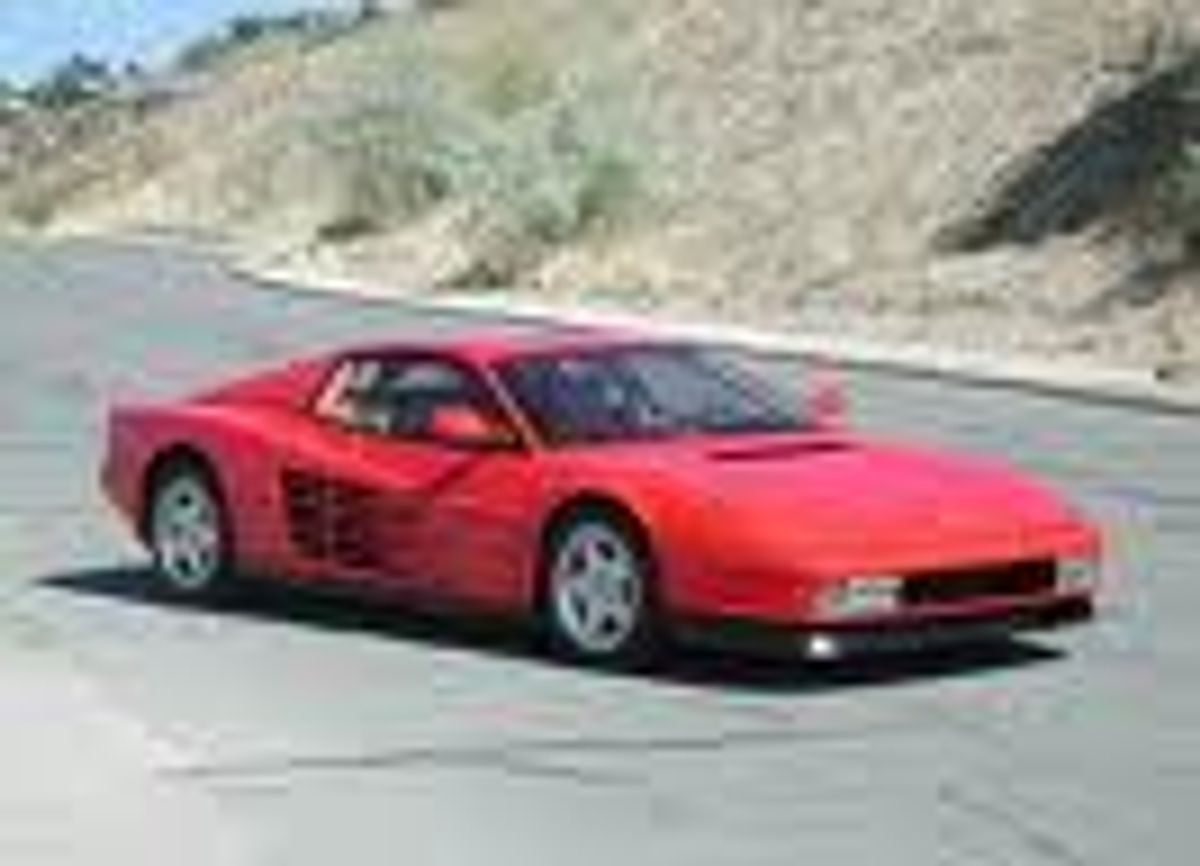A souped-up version of Doom II, the classic 1994 first person shooter from id Software, is out today for download on the Xbox Live Arcade. In addition to 5.1 surround sound and high-definition graphics, it's sporting online deathmatching and cooperative play (and how cool is that?).
When I was interviewing id co-founder and tech whiz John Carmack for my book Masters of Doom, he told me that he had a passionate side project during the Doom II development: souping up his fleet of Ferraris. As any car geek knows, Ferrari doesn’t look too highly on gearheads hacking their rides—but this is Carmack we’re talking about. And he put as much of his engineering chops to work on his cars as he did his games. In honor of the Doom II re-release, I thought I’d share a Q/A I did with Carmack about his early Ferrari hacking days—how it worked, and how much it cost.
David Kushner: When did you first start modifying your Ferraris?
John Carmack: After Doom shipped, I had just been looking at getting the bigger Testarossa. My Ferrari 328 at the time probably had 400 something horsepower. It was a fast car, faster than any normal thing that you’d be able to buy on the showroom. But there probably was a bit of that “well, what’s the next step?” We could continue doing some things to my 328. We could have put on intercoolers and changed the pistons and done all that, but it was at a pretty nice drivable state for everything after we worked out all the tuning issues. Eventually I pretty much looked it over and said okay I want to get a Testarossa, that was always my intention from the beginning there. I’m going to get a Testarossa and have Bob [my mechanic] do the twin turbo inter-cooled engine work on it and get that all the way put up. Eventually we found a car. I had shopped some at the local Ferrari dealer, where I had bought my 328, and I was looking at a Testarossa from them but Bob found me one that he got shipped in for a cheaper price.
I drove it for a little while but it was the intention that as soon as I’m ready it’s just going to get parked and get all the engine work done on it. I did twin turbo intercoolers. At that time we left the engine block alone. It was a completely new intake and exhaust system which put it up to 800 horsepower, and we kept it like that for a while. I think we put the nitrous on there. Eventually we had an engine meltdown at high speed, so at that point were like okay, now we’ll take it apart and do all the really good stuff with the engine. We changed the piston, the valves, everything. When that got all straightened out and cleaned up and everything, we had went through tons of experimental work. It was a science project stretched over years, with often 6 months at a time of it being laid up in the shop.
DK: How much did you put into the cars?
JC: The 328 I bought for, like, $70,000. The original work for getting the turbo on it was like $15,000, but I had to have that engine rebuilt once which was like $30,000. All the trips into shop adds up to at least probably another $20,000. The Testarossa, when it originally went in and had engine work done, was like $30,000, but each engine rebuild was at least $30,000, and it’s been rebuilt three times. The Testarossa, which I originally bought for $90,000, I probably put $150,000 into it. We could have stopped at lesser points, but a lot of it was just like okay, we’ve got this new brand of turbos coming out, so we want to change this…and those weren’t like forced moves, it was more like okay, let’s see what the next step is. Go ahead and try it.
The other cars, the F40s that I had, I bought for $250,000, and I didn’t make any modifications to them. Then eventually when I got the F50, that was $670,000. The original turbo charging work wasn’t that much, maybe $30,000 or $40,000 dollars but it’s still getting some teething problems worked out. We’ve been taking that one conservatively because I really don’t want to have that engine rebuilt. I suspect that rebuilding that engine is going to be more like $60,000 just because there are not that many of them and ordering the different things would just be troublesome.
David Kushner is the author of many books, including Masters of Doom, Jonny Magic & the Card Shark Kids, Levittown, The Bones of Marianna, and Alligator Candy. A contributing editor of Rolling Stone, he has written for publications including The New Yorker, Vanity Fair, Wired, and The New York Times Magazine.



